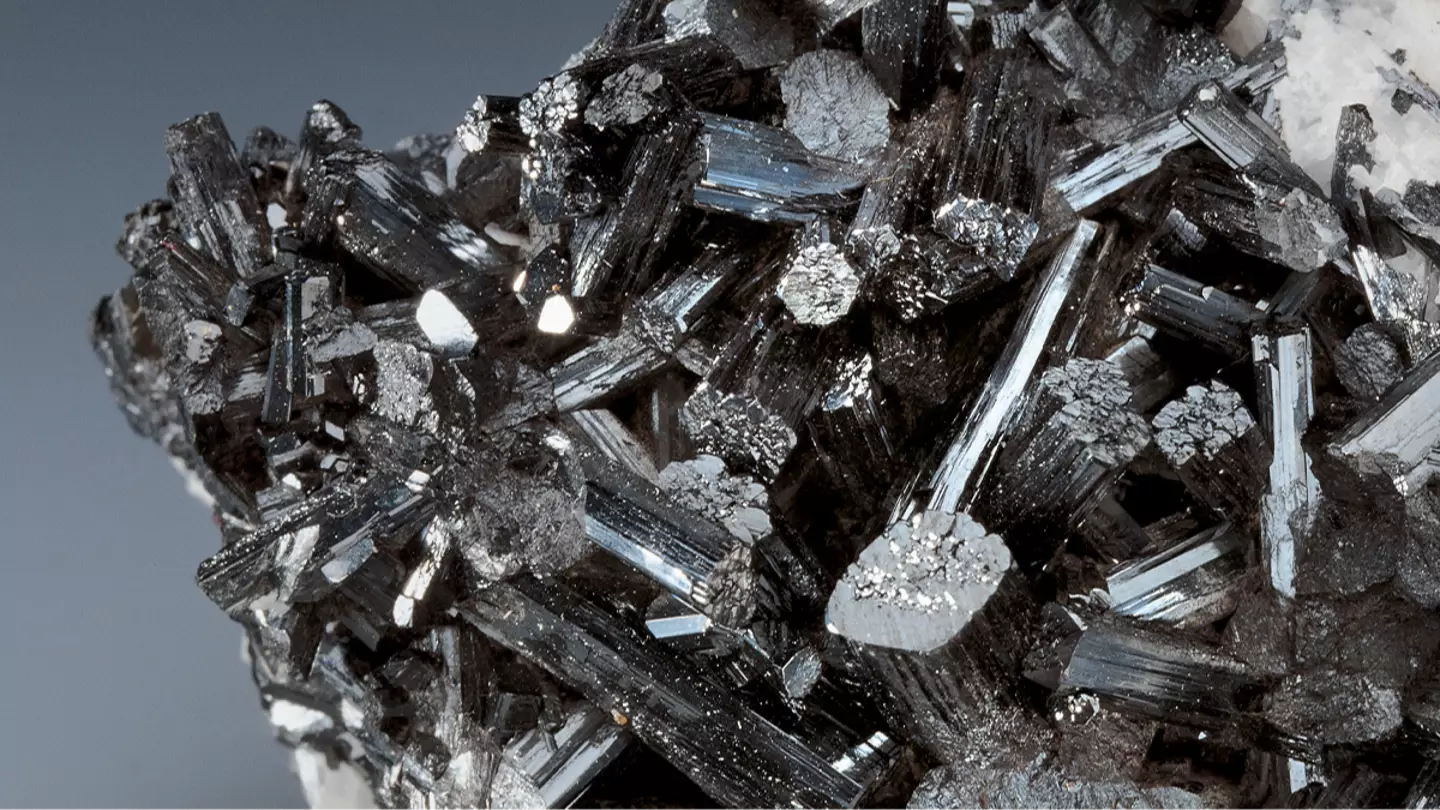
Japan discovers metal that could drastically change the world after investing $107,000,000,000 into revolution
The discovery will help fund Japan's bid to become a net-zero country by 2050
Featured Image Credit: DEA/A.RIZZI/Getty
Topics: Japan, Technology
 Joe Yates
Joe Yates
Joe is a journalist for UNILAD, who particularly enjoys writing about crime. He has worked in journalism for five years, and has covered everything from murder trials to celeb news.
@JMYjourno